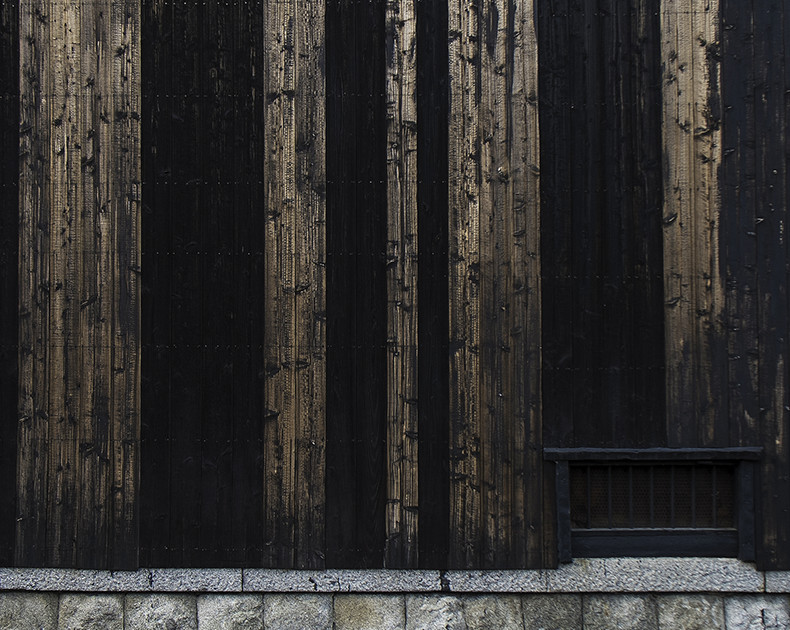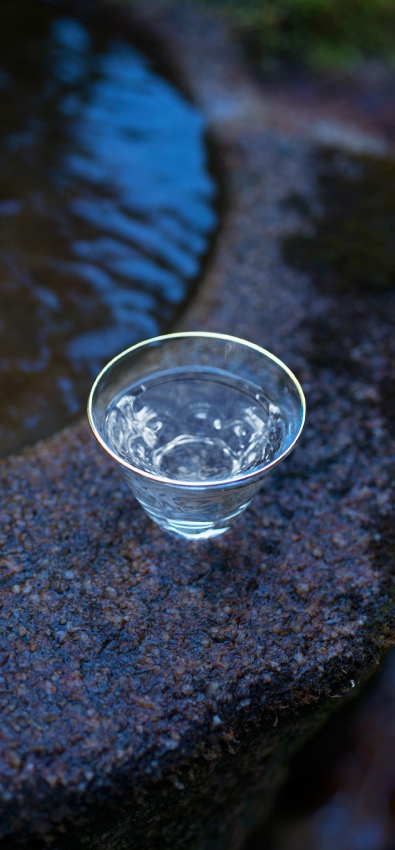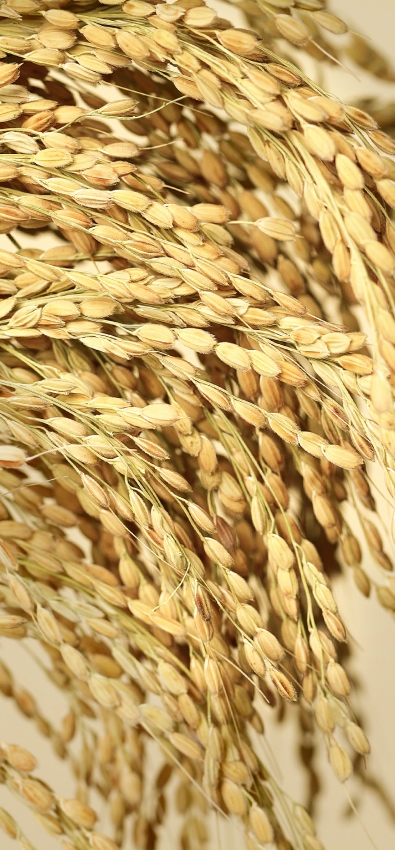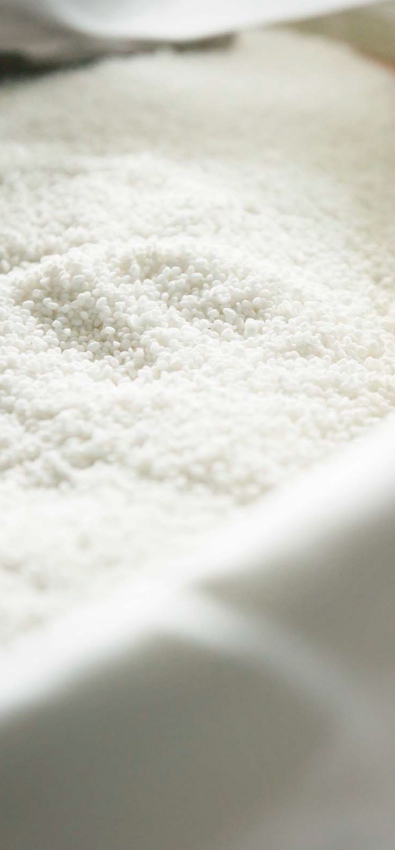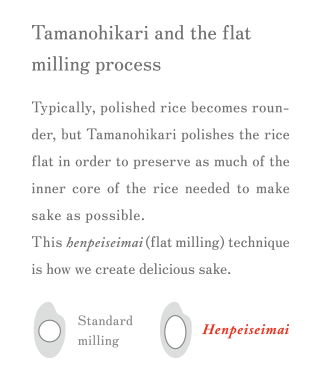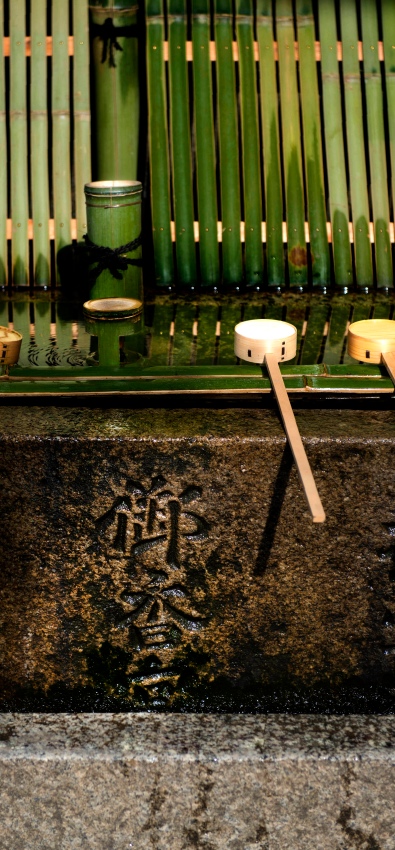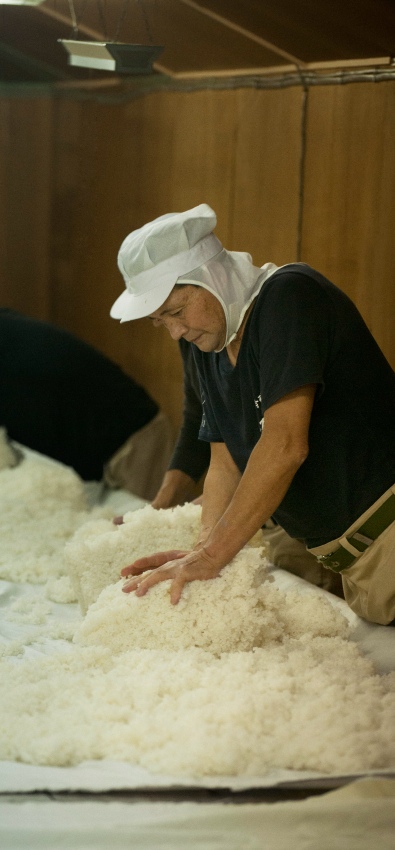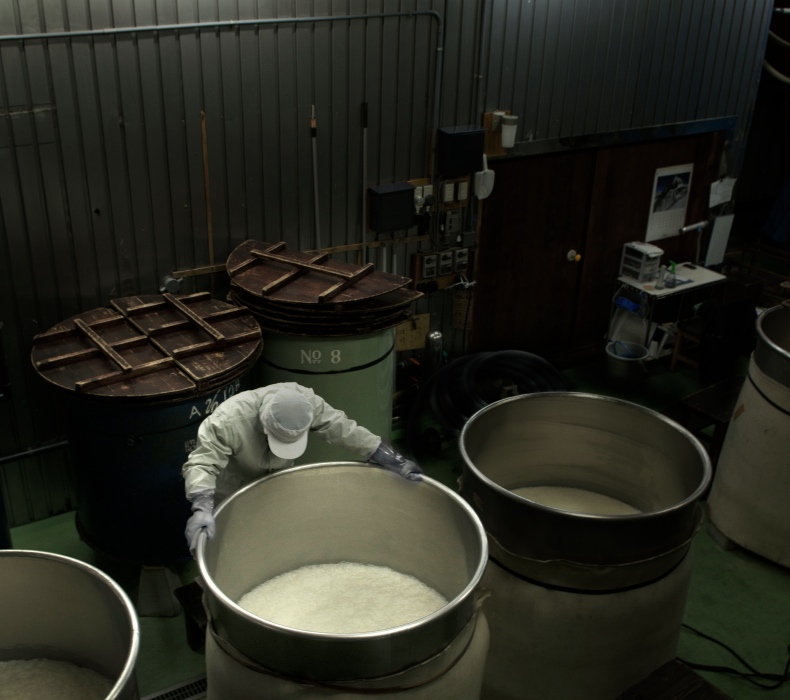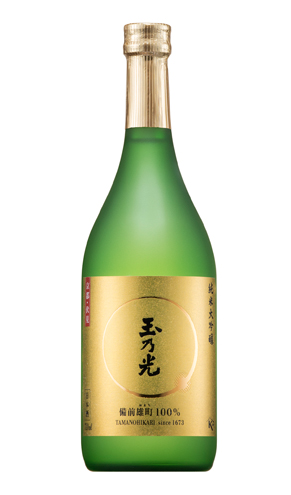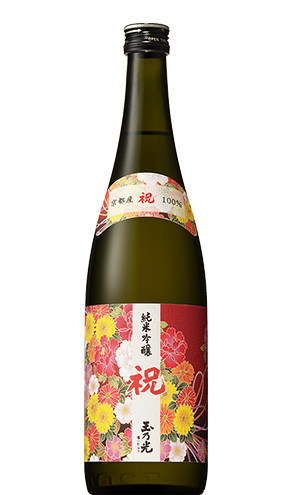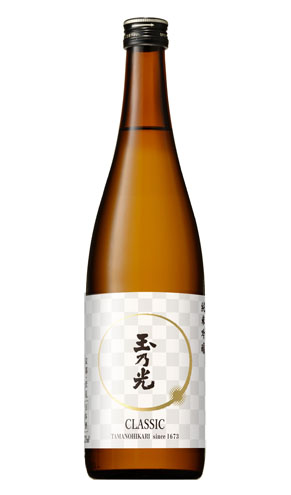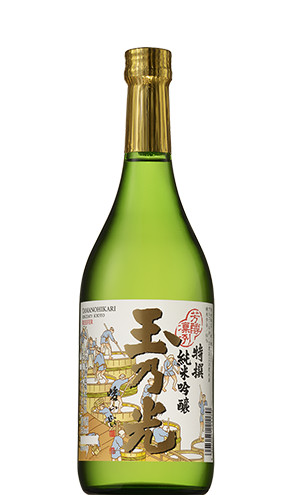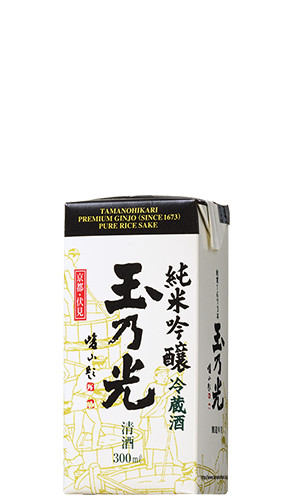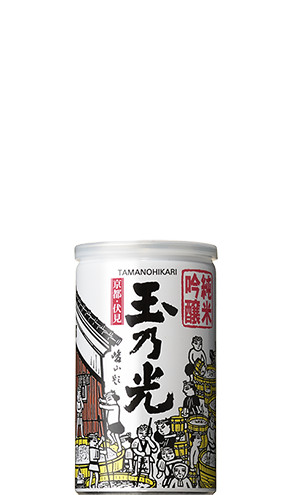Company Profile
History
| Founded | 1673 (first year of the Enpo era) |
|---|---|
| Company name | TAMANOHIKARI Sake Brewing Co., Ltd. |
| Representative Officer | Tsuneo Maruyama, President |
| Capitalization | 65.4 million yen |
| Main Banks | Bank of Tokyo-Mitsubishi UFJ, Shiga Bank, Bank of Kyoto |
| Number of Employees | 110 (including affiliated companies) |
| Headquarters | 545-2 Higashisakaimachi, Fushimi-ku, Kyoto-shi 612-8066 MAP [Access] KeihanRailway Tambabashi Station, Kintetsu Tambabashi Station 15 minute walk heading west on Shimoitabashi Street from West Exit |
| Tokyo Branch | 2-6-32 Minami-machida, Machida-shi, Tokyo-to 194-0005 MAP |
| Sapporo Office | Higashi-kanDai-ichi Sapporo Building, 4-chome Kita 7 Jonishi, Kita-ku, Sapporo-shi, Hokkaido 060-0807 MAP |
| Business Details | Production and sales of sake, shochu, and sake lees |
| Brewery Tours | Brewery tours are not offered. |
List of Executives
| President | Tsuneo Maruyama |
|---|---|
| Director | Chiyoko Azuma |
| Director | Wataru Ishii |
| Auditor | Yoshinori Fujita |
| Executive Director | Tsuneo Maruyama Chiyoko Azuma Yoshio Maegaki Tsuyoshi Hirata Yasuyuki Matsushima |
TAMANOHIKARI History
| 1673 | Founder NakayaRokuzaemon opened his business under license from Tokugawa Mitsusada (grandson of Ieyasu), the second lord of the Kishudomain, in Yoriai-cho, Wakayama. The legend behind the name TAMANOHIKARI states that for generations Rokuzaemon was devoted to the Hayatama Shrine in Kumano, Kishu, and the sake was named with the meaning that it reflects the spirit of the shrine’s chief gods Izanagi-no-mikoto and Izanami-no-mikoto. The current president is the company's 13th. |
|---|---|
| 1949 | TAMANOHIKARI Sake Brewing Co., Ltd. is established. After World War II (from 1952 to the late 1960s) it was moved to Fushimi in Kyoto. |
| 1964 | TAMANOHIKARI leads the industry in developing its exclusive 100% junmaipure rice sake. It has since worked to improve the quality of its JunmaiGinjo sake to this day. The ultimate goal is to create fragrant sake that’s always refreshing, finding the balance between natural acidity and sweetness. The Tokyo branch is opened in Machida City, Tokyo. |
| 1966 | Chotokkyu Tamanohikari no-additive sake is released. |
| 1969 | TAMANOHIKARI casual Japanese restaurant is opened in Tokyo to promote TAMANOHIKARI Junmairefined sake. It would later open in Nagoya and Osaka.Sapporo Mutenkakaievent begins. |
| 1970 | Junmai Ginjo paper pack (450 ml) is released. |
| 1977 | Production and sales of rice shochu begin. |
| 1979 | Tamanohikari cask used in traditional cask-breaking ceremony at start of Prime Minister Ohira's term. |
| 1980 | All Junmai pure sake is elevated in quality to Junmai-Ginjo. Junmai Ginjo Shukon is released. Ujita’s Saketsuunyuumon (Introduction to Sake-making) is published. |
| 1983 | KyotoMutenkakai event begins. |
| 1985 | Exports ofJunmai-Ginjo begin. |
| 1987 | Omachi rice is revived and special grade sake Chotokusen Bizen-Omachi is released. |
| 1988 | Ide Brewery is established in the town of Ide in Kyoto. |
| 1994 | Junmai Dai-ginjo Kokoro-no-kyo is released, using Kyoto-produced rice ideal for sake brewing, celebrating 1200 years since the relocation of Japan's capital to ancient Kyoto. |
| 1996 | Junmai Ginjo paper pack (300 ml) is released. |
| 1997 | Pour and Freeze Mizore-sake Freezer," which achieves a supercooling effect, is developed. |
| 1999 | Ujita’sZoku-saketsuunyuumon (a sequel to his Introduction to Sake-making) shikonshousai is published. |
| 2003 | Junmai Ginjo Yamahai is released. |
| 2005 | Umeshu is released. |
| 2006 | 100th Kyoto Mutenkakai event is held at Karasuma Kyoto Hotel. Mr. Hiroshi Ujita is appointed President. |
| 2008 | Junmai Ginjo Hiya-oroshi is released. |
| 2009 | Mr. Tsuneo Maruyama is appointed President. |
| 2012 | TAMANOHIKARI casual Japanese restaurant in Nagoya closes due to building reconstruction. |
| 2013 March | First opening of the storehouse for the Nihonshu Matsuri festival. |
| 2013 September | 100th Nagoya Mutenkakai event is held at Apa Hotel Nagoya Nishiki. |
| 2014 February | Junmai Ginjo Sasanigori is released. |
| 2015 March | Junmai Dai-ginjo Shuho is released. Kyo-no-Umeshu and Kyo-no-Yuzushu are released. |
| 2015 July | New shochu Manekitsune and 29 are announced. |
